RFPro can be combined with the High Level Shader Language (HLSL) plugin for real-time image post-processing, helping users analyze headlight intensity in rFPro. Users can display light brightness thresholds by setting lighting brightness lines of different colors, as shown in the following figure:

Figure 6: Analysis of Light Brightness Distribution Using rFPro Combined with HLSL Plugin
In rFPro, users can add a lighting test wall that can be fixed in a specific position on the vehicle and move along with the vehicle, including pitch, roll, and yaw directions. At the same time, users can create test walls using other third-party modeling software Save in OBJ format and import them together with the associated material file (. MTL) into rFPro's scene editor, and then save them again in the file GMESH format.

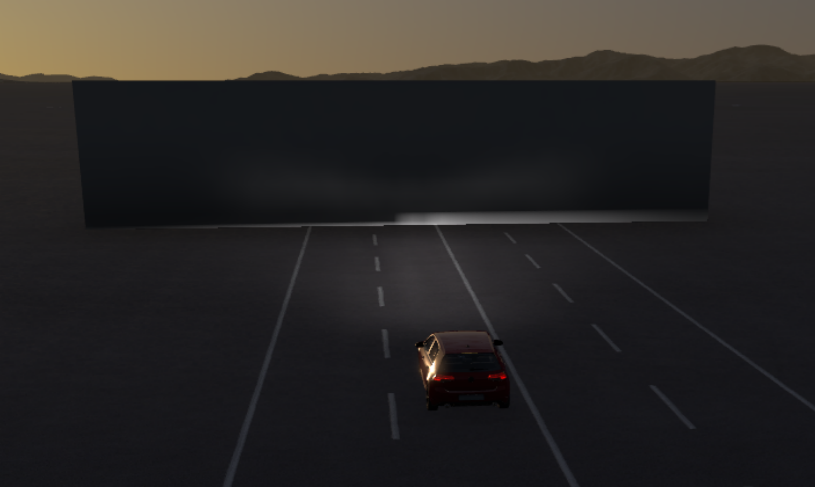
Figure 7 Schematic diagram of rFPro preset lighting test wall
The following image shows an example of headlights shining on a building wall in a real environment.
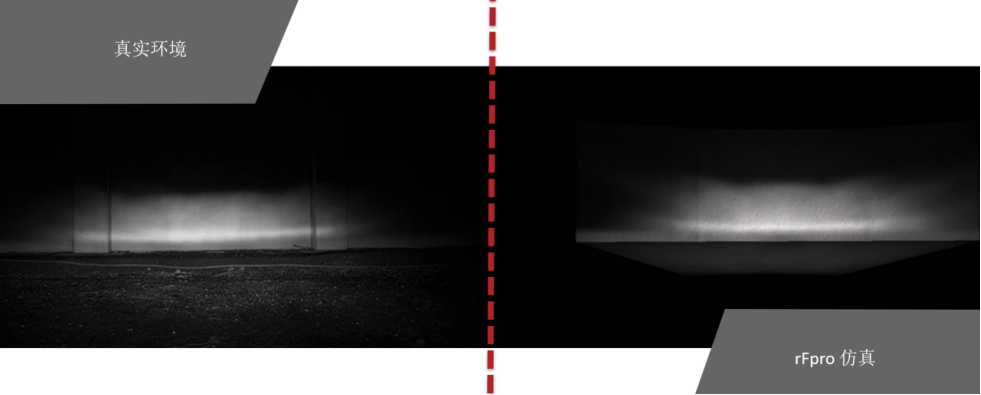
Figure 8: Comparison of Lighting Testing between rFPro Virtual Environment and Actual Environment
Project the vehicle's headlight beam onto the wall and compare the brightness of the light as an angle function with the IES curve. The test scenario is shown in the following figure:
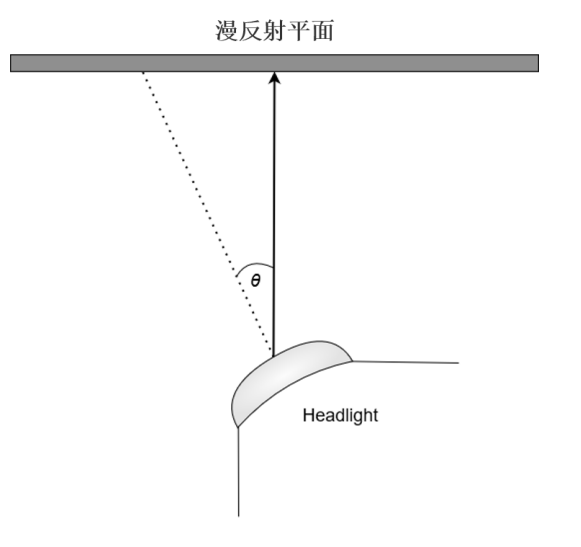
Figure 9 Schematic diagram of the test scenario for the relationship between vehicle headlight brightness and angle measurement
In this test, we scaled the measured resolution and FOV appropriately so that 1 ° equals 10 pixels. This is completely consistent with actual testing, so the results of the two tests can be directly compared. Due to the fact that the brightness of the lights does not require normalization (i.e. their maximum values are around 400), and the contours are not stretched, some processing is needed to make the previous contours overlap. The small differences that appear in the contour are related to the calculation method of BRDF (Bidirectional Reflectance Distribution Function) in the engine, resulting in a difference of less than 10% between the two. This is an expected test result in the simulation environment, and the results can be improved by further increasing the number of samples in ray tracing.
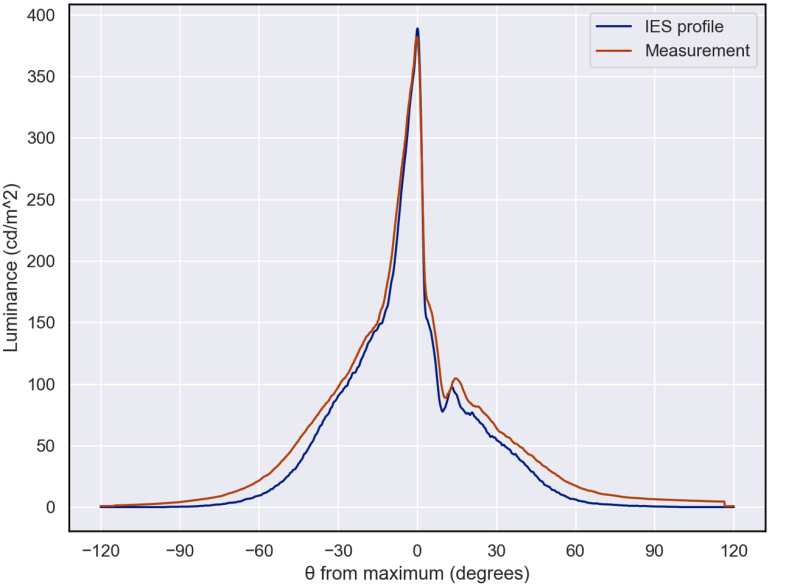
Figure 10 shows the variation of vehicle headlight brightness with measurement angle at a distance of 5 meters for a completely diffuse reflective surface
RFPro has the function of simulating dimming curves, as shown below:
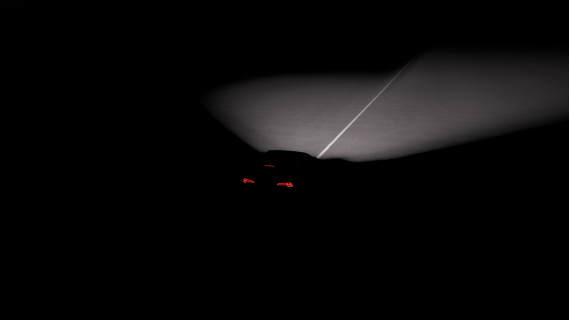
Figure 11: Logarithmic Lighting Simulation
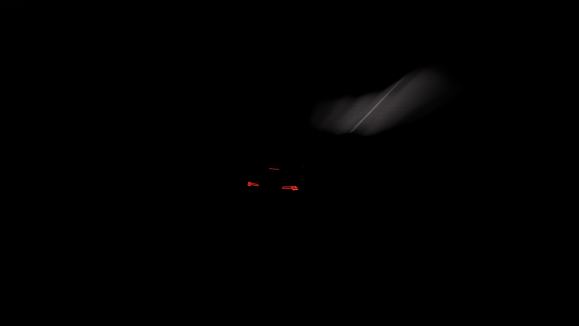
Figure 12 Linear Lighting Simulation
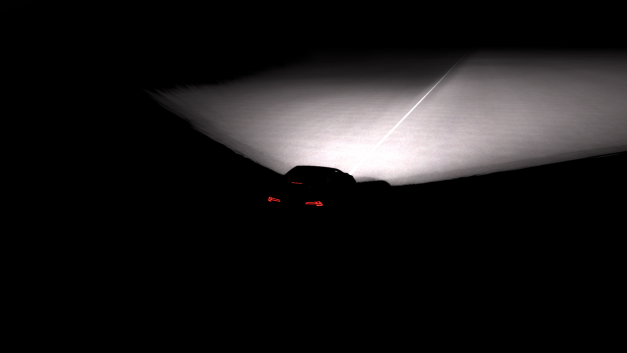
Figure 13: Mengsel Lighting Simulation
RFPro supports the simulation function of light volume fog environment. In this environment, rFPro can simulate light scattering and attenuation, and provide multiple configurable parameters, such as density coefficient.
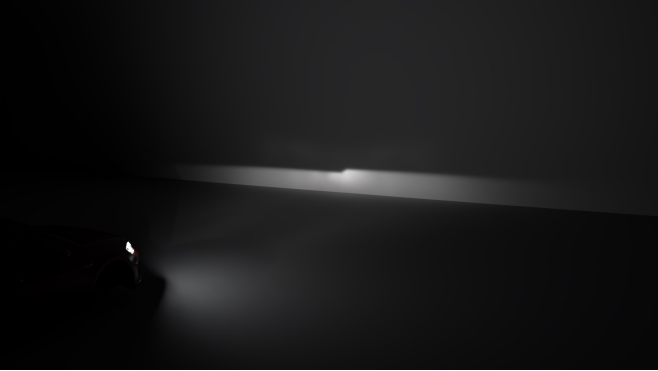
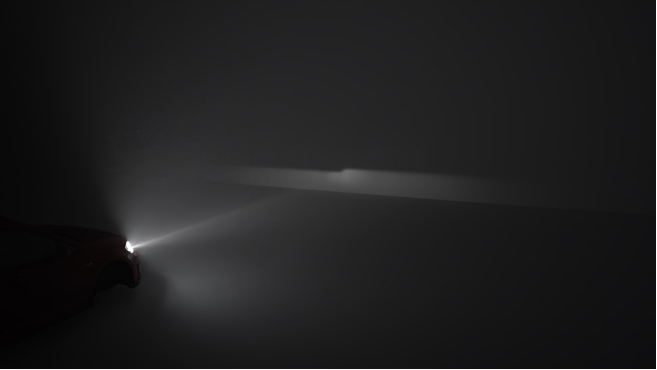
Figure 14: Simulation effect of rFPro volume fog environment lighting
ZKW automotive lighting system manufacturers have adopted the rFPro platform for research and testing of all their headlight products. Using rFPro will significantly reduce customers' testing needs in the real world and save a lot of costs in product development projects.
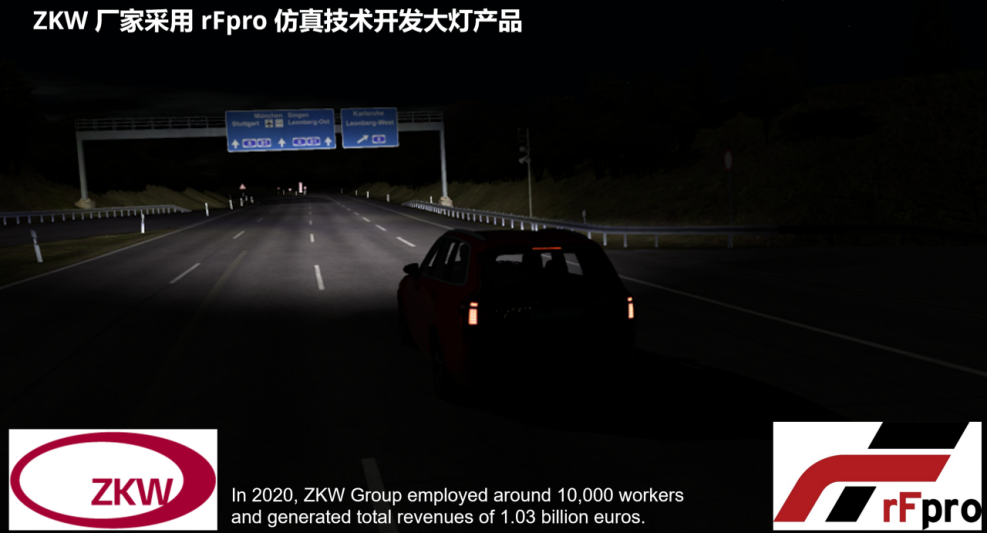
Figure 15 ZKM manufacturer uses rFPro platform to develop headlight products
Conclusion: Thank you for reading the introduction to intelligent headlight testing based on the rFPro platform. With the continuous advancement of virtual simulation technology, rFPro provides car manufacturers and R&D personnel with a more accurate and efficient testing environment, assisting in the development and optimization of advanced driving assistance systems such as intelligent headlights. In the future, virtual simulation will continue to drive innovation in the automotive industry. If you have any further questions or interests about intelligent headlight testing or rFPro simulation platform, please feel free to leave a message for discussion. We look forward to further communication with you.